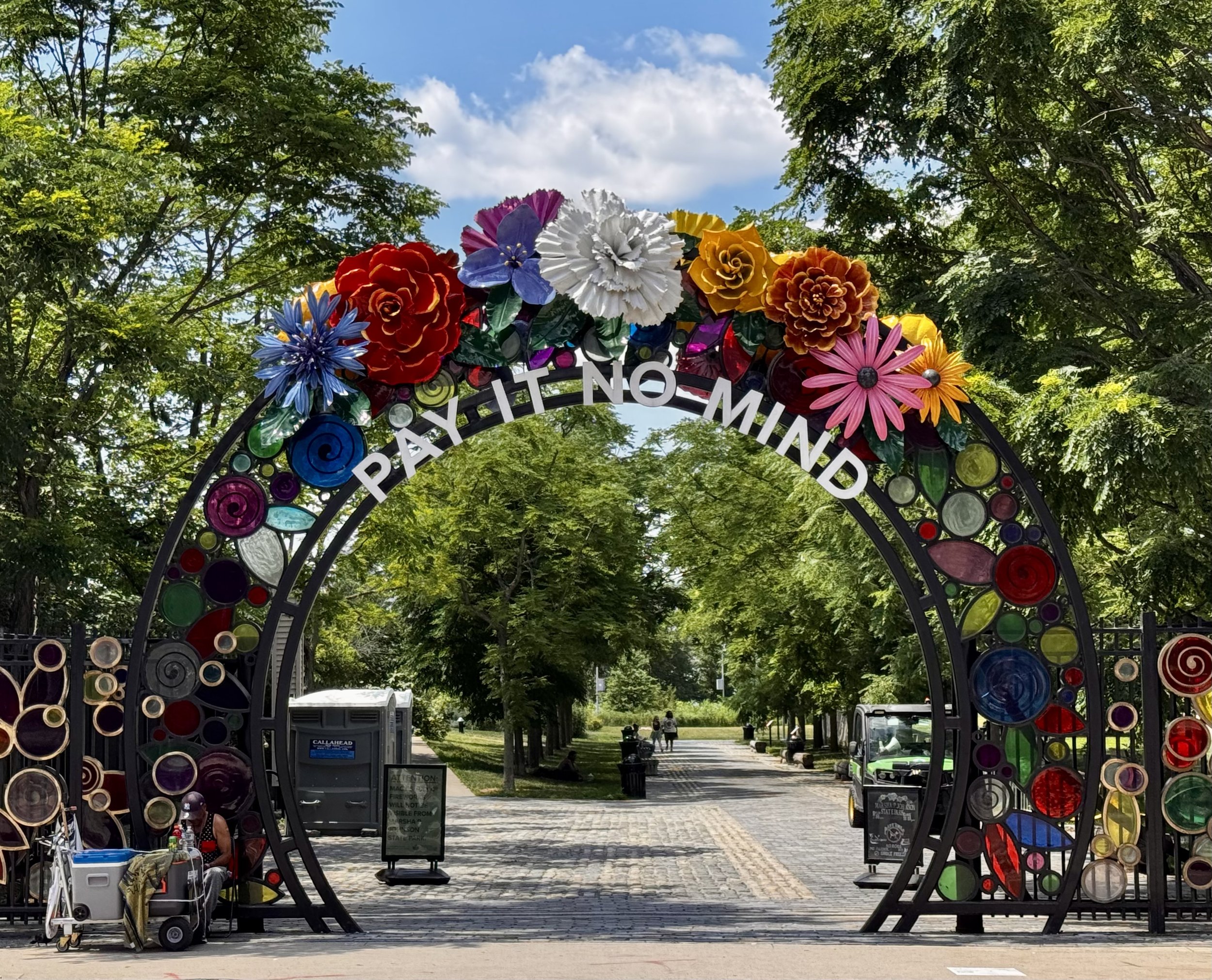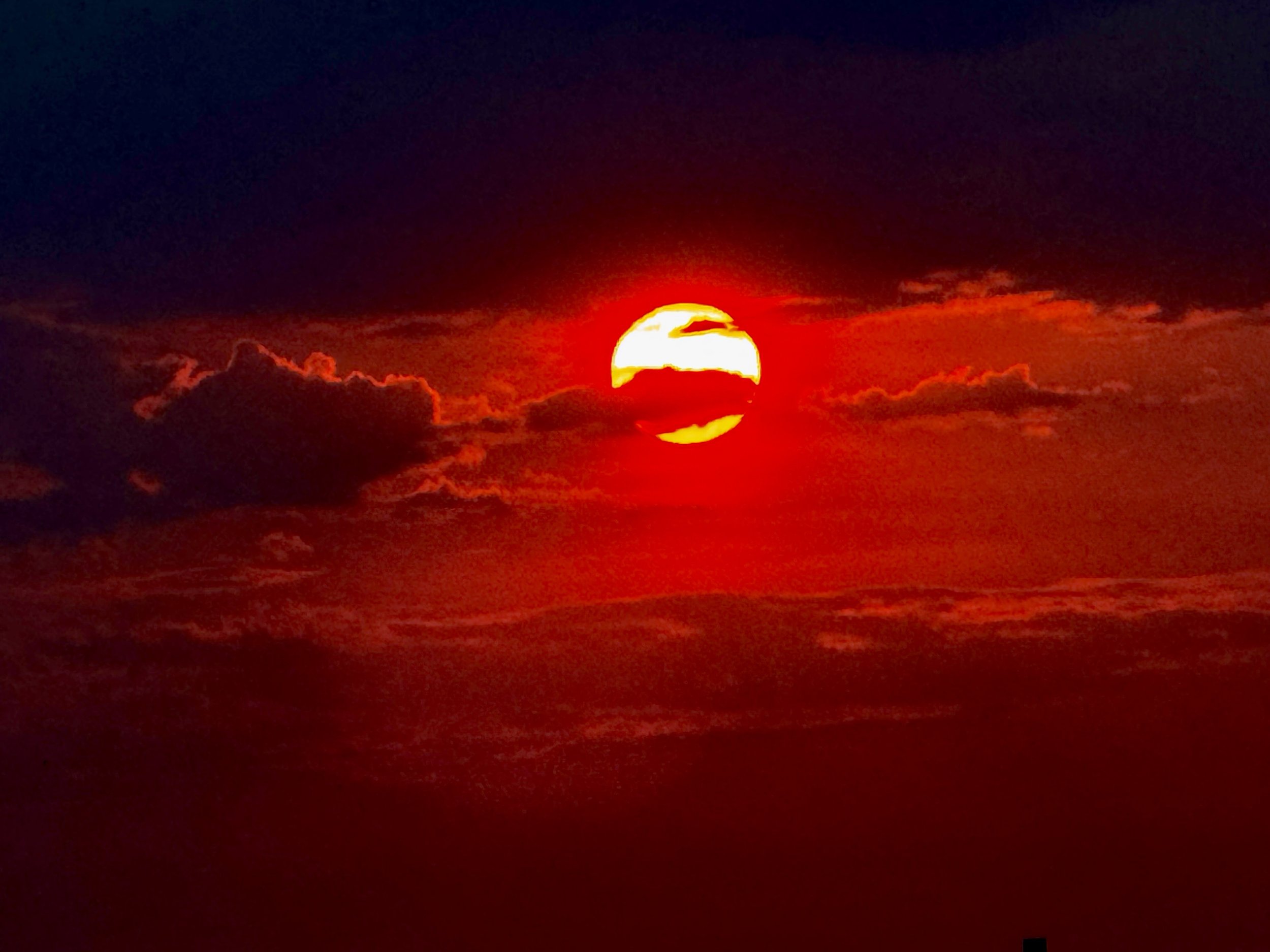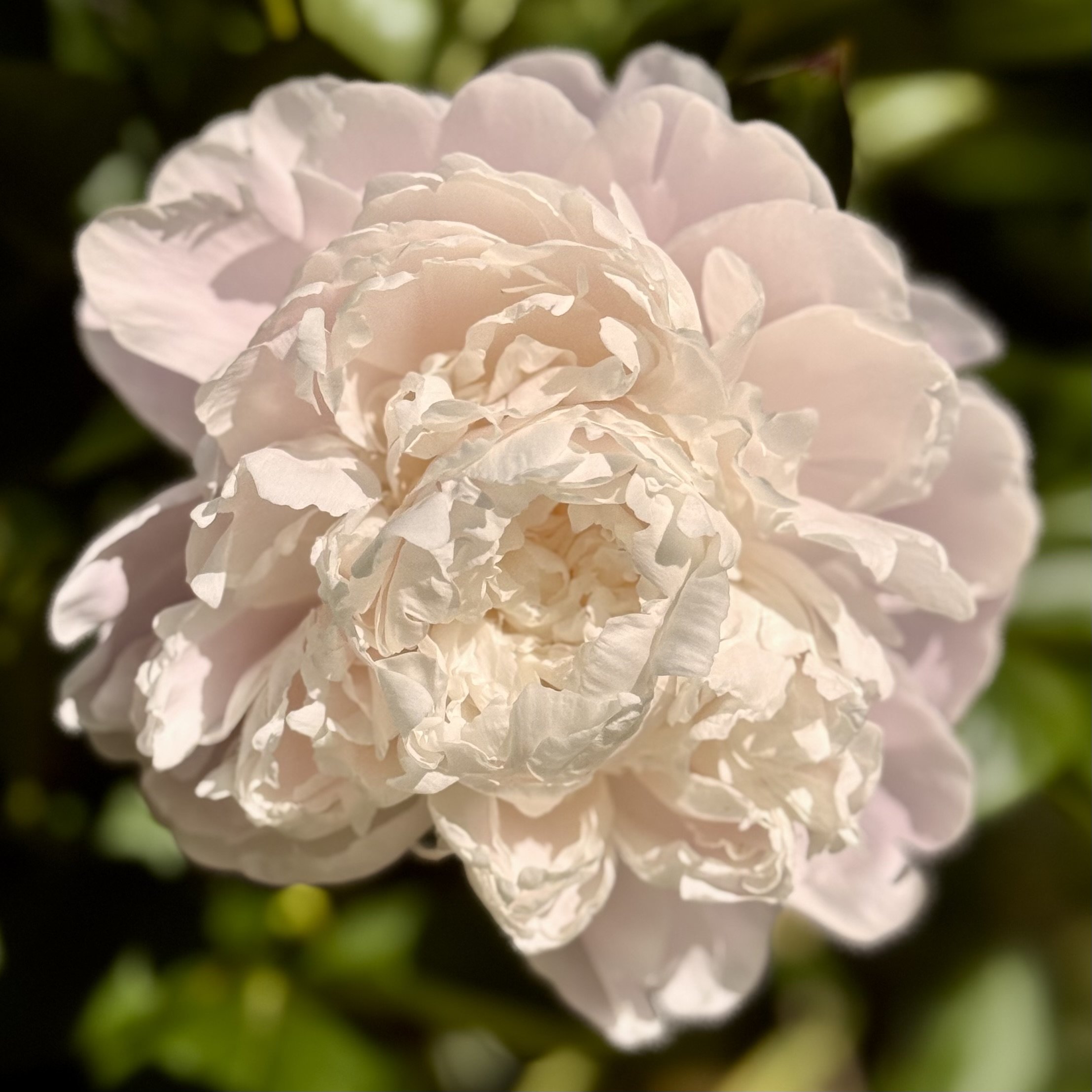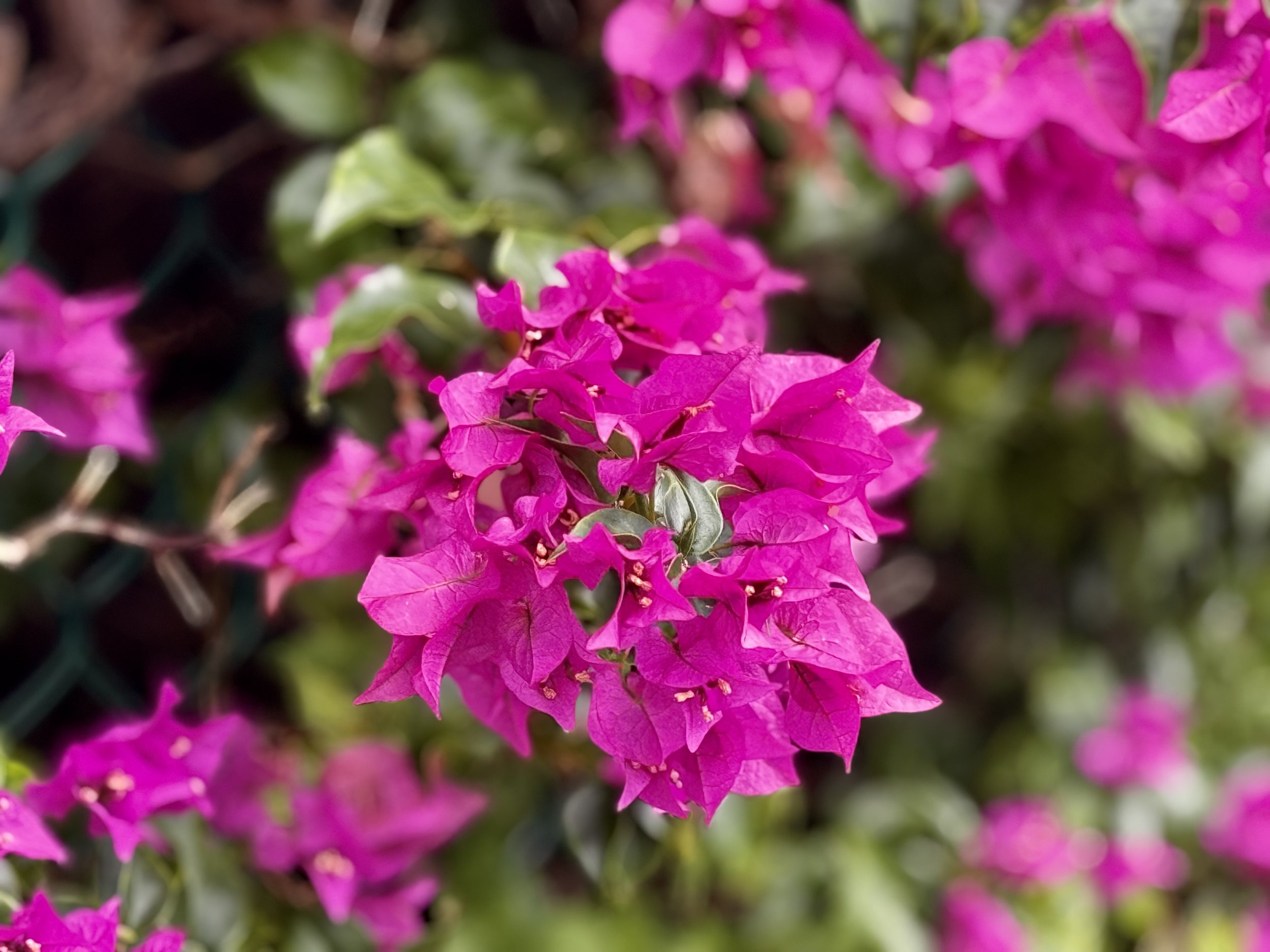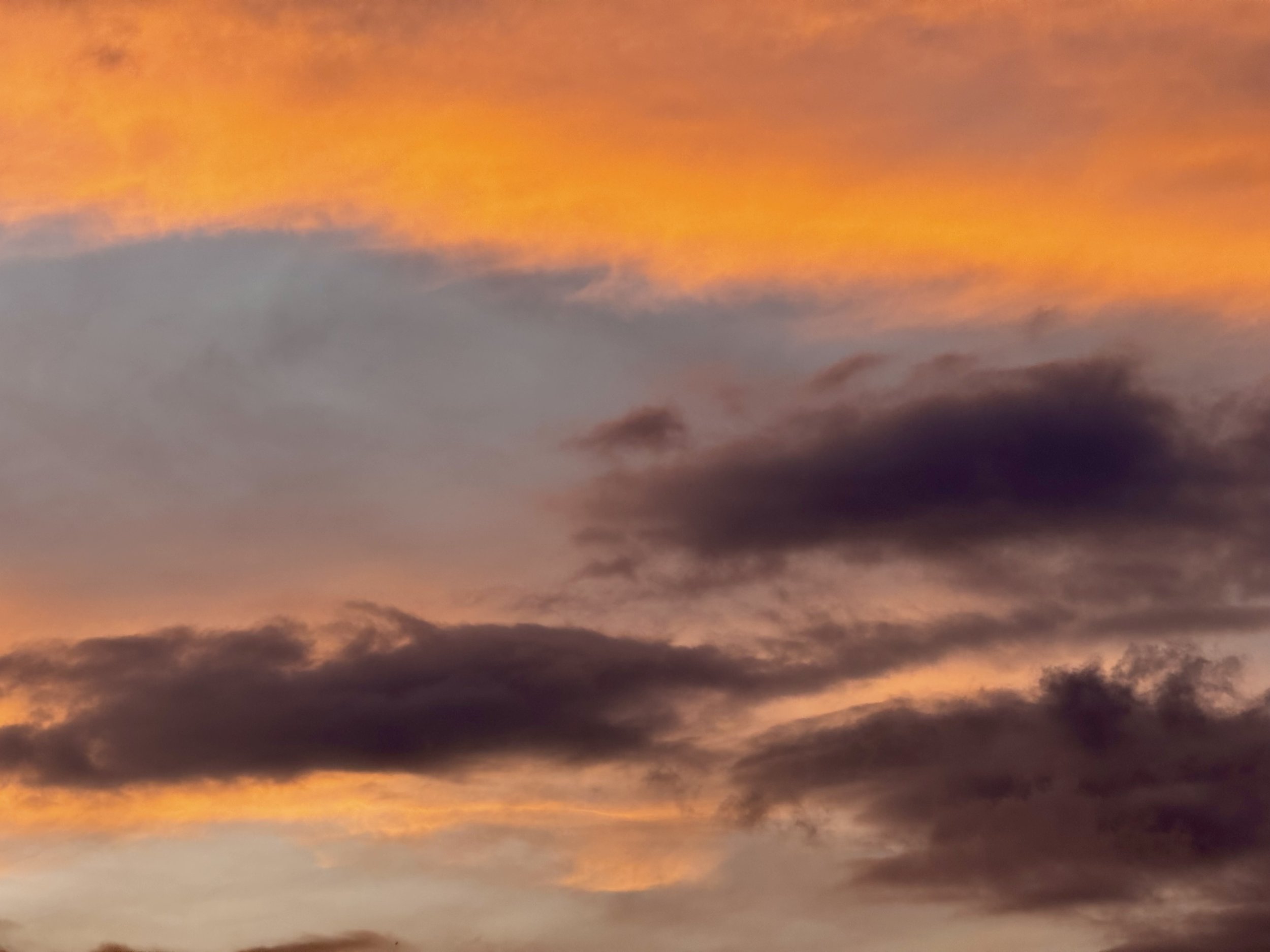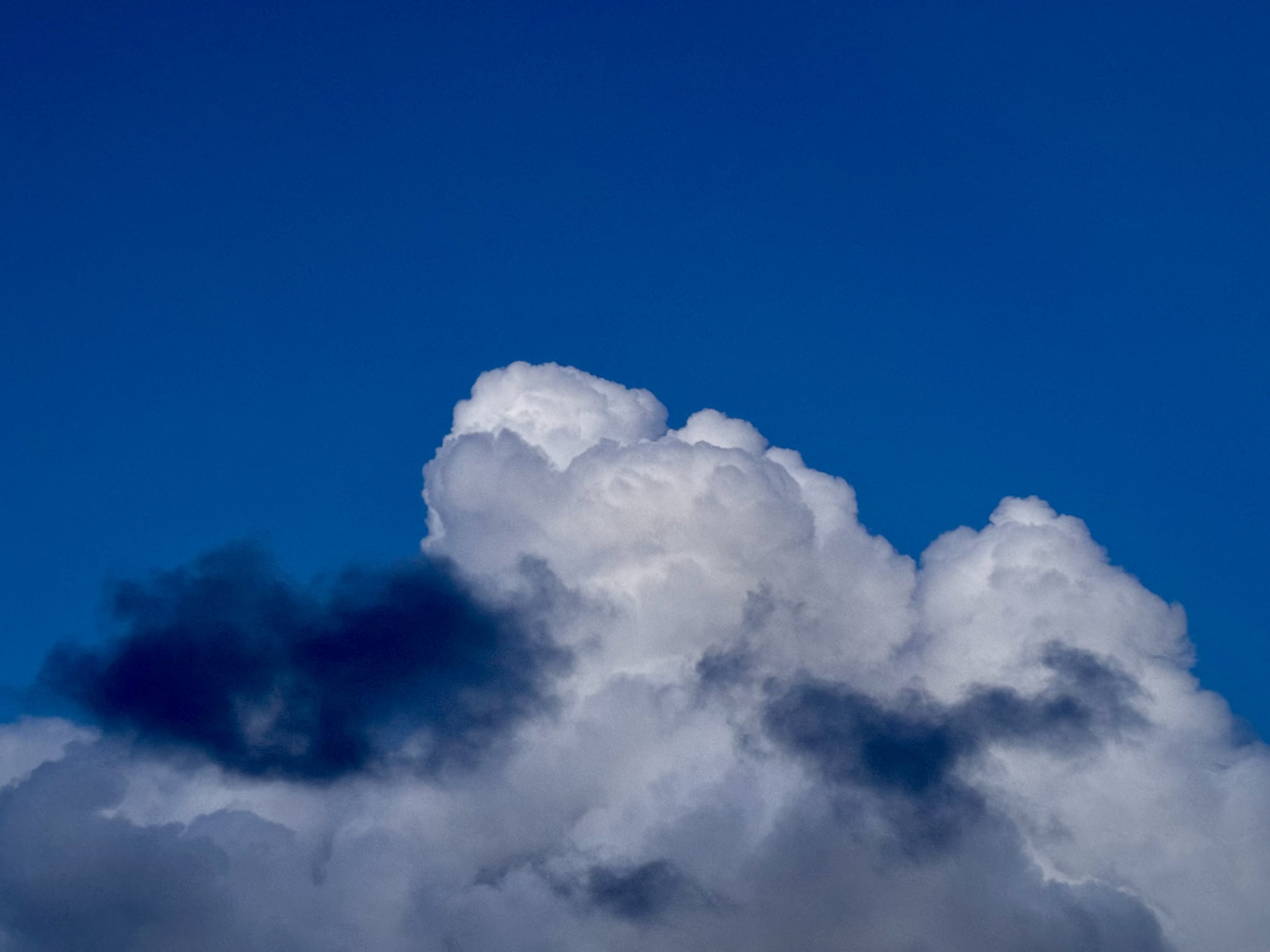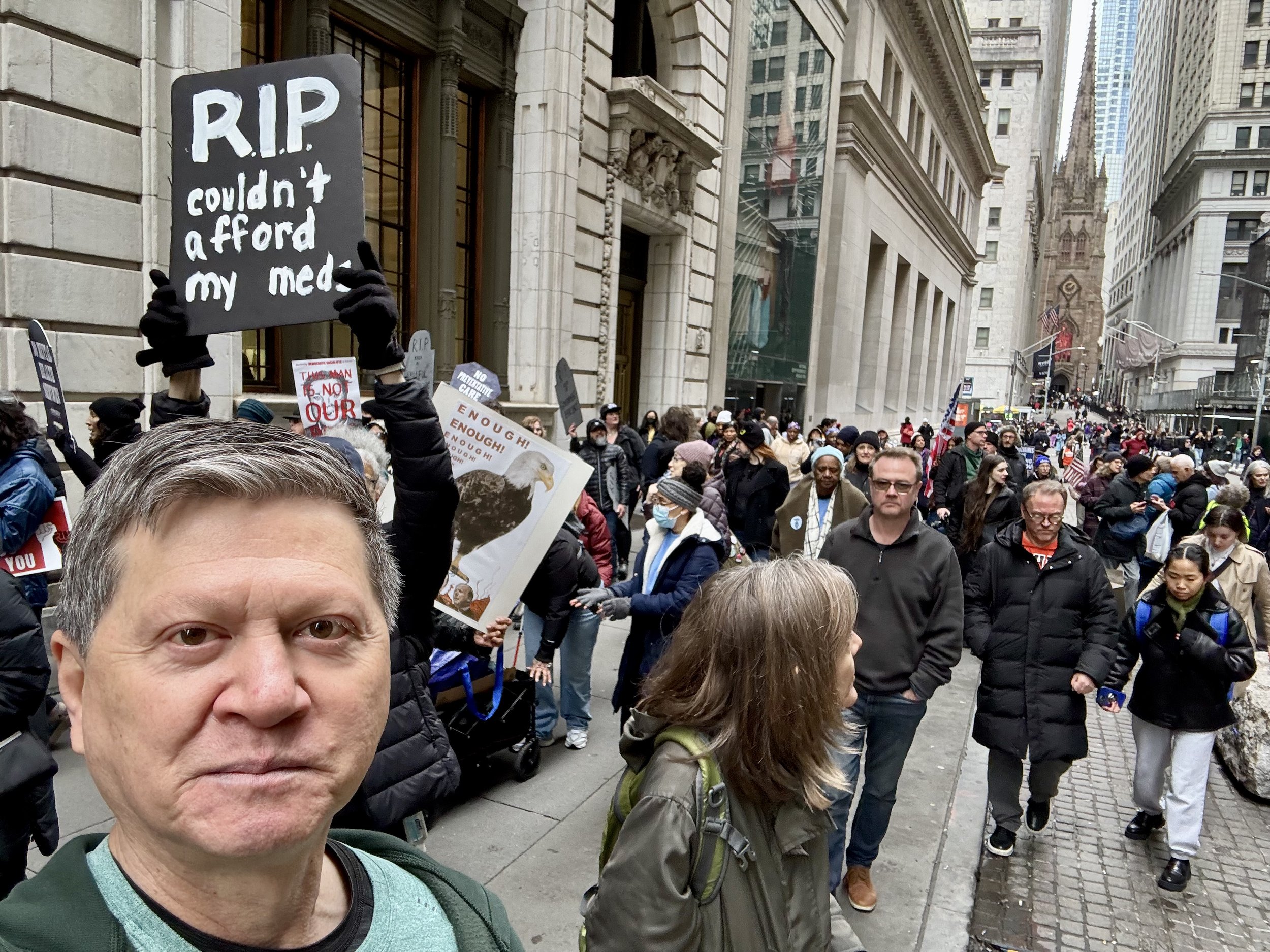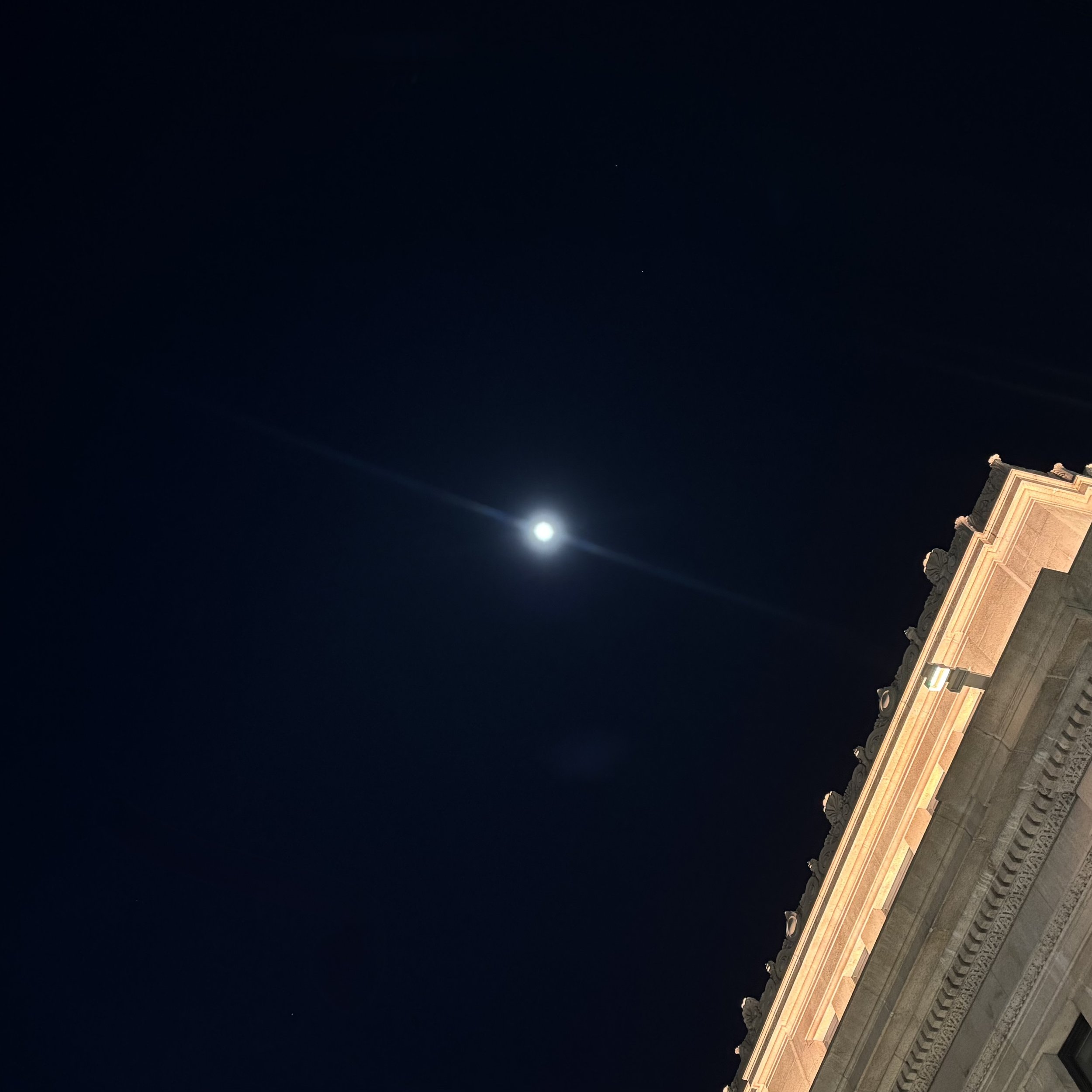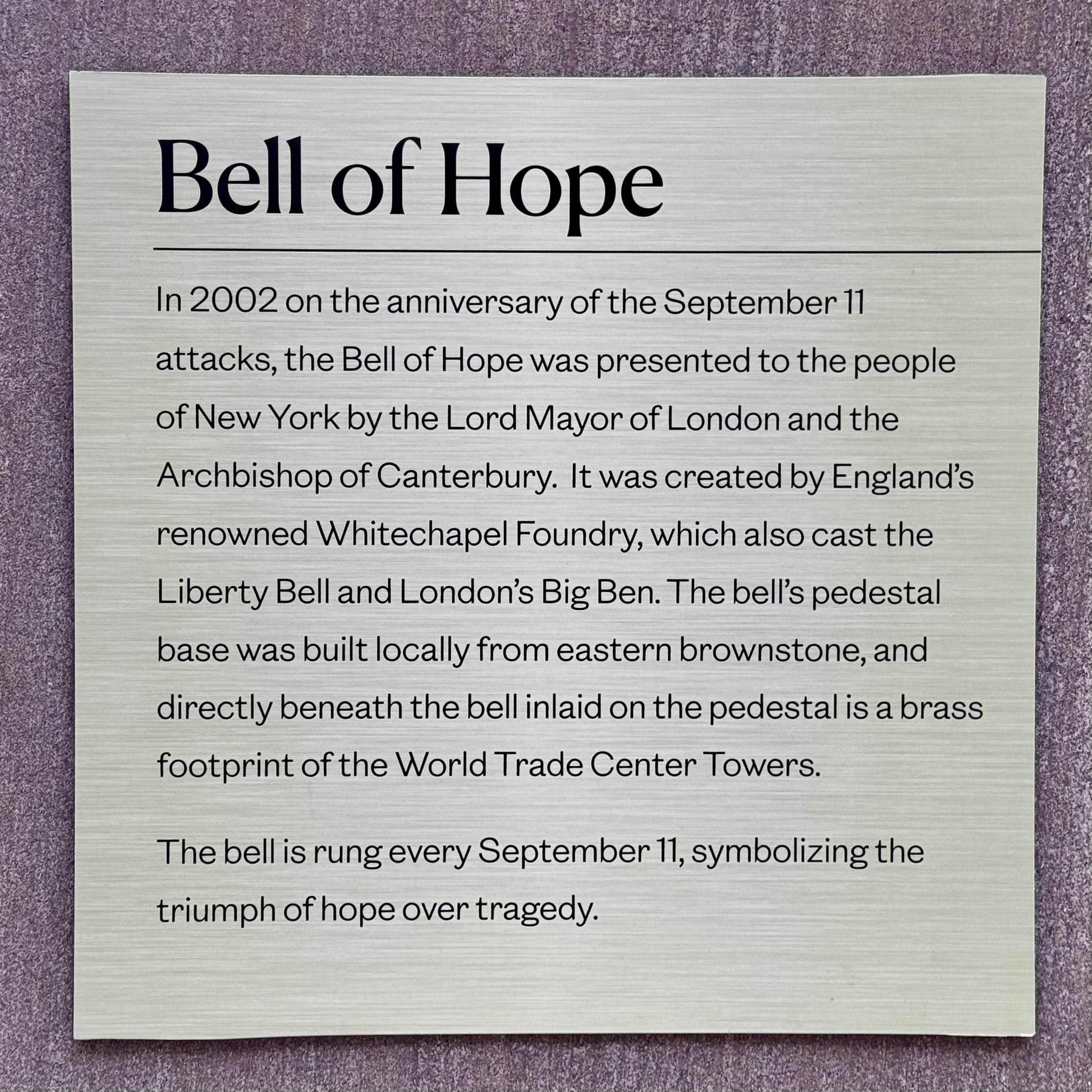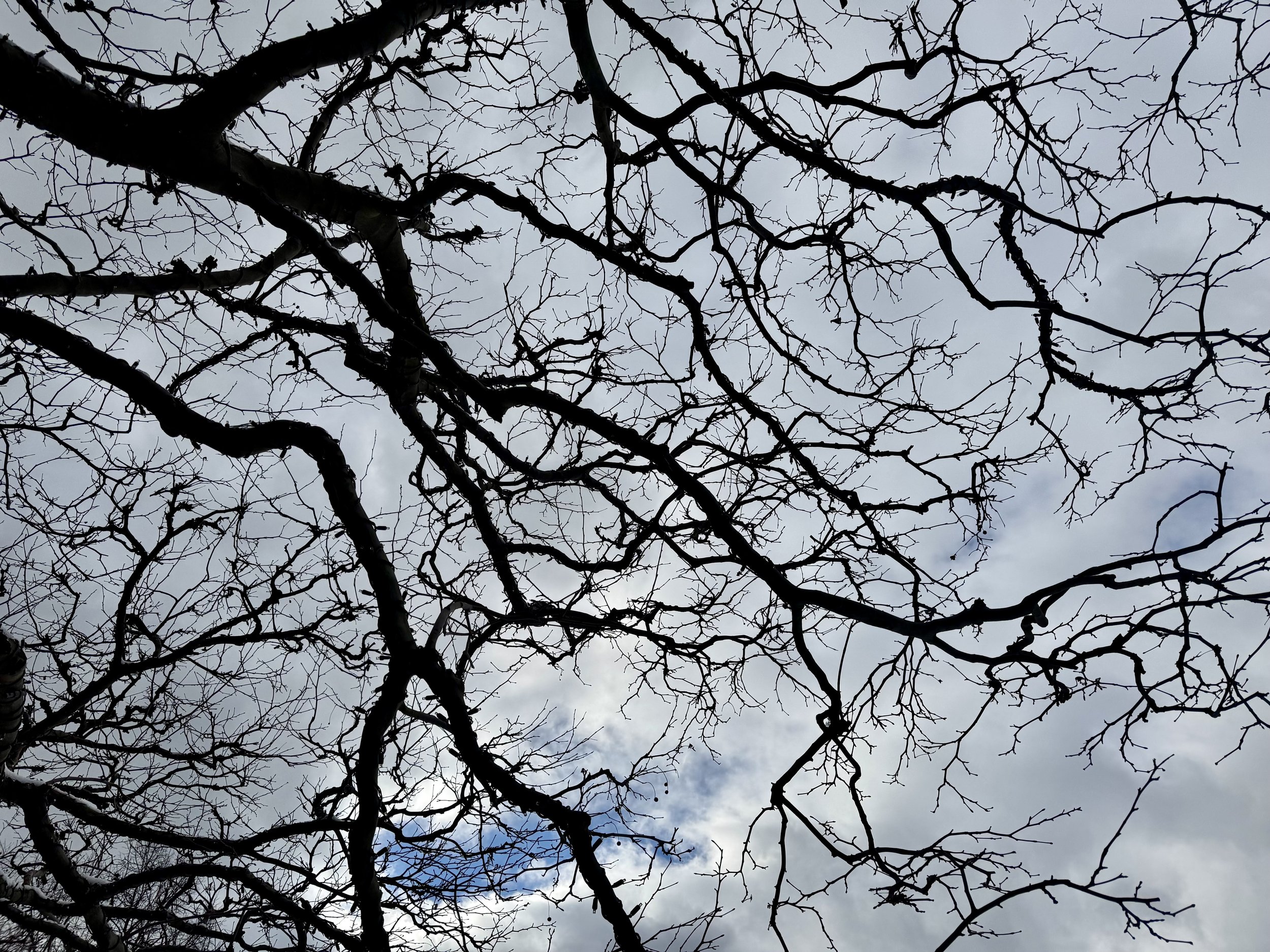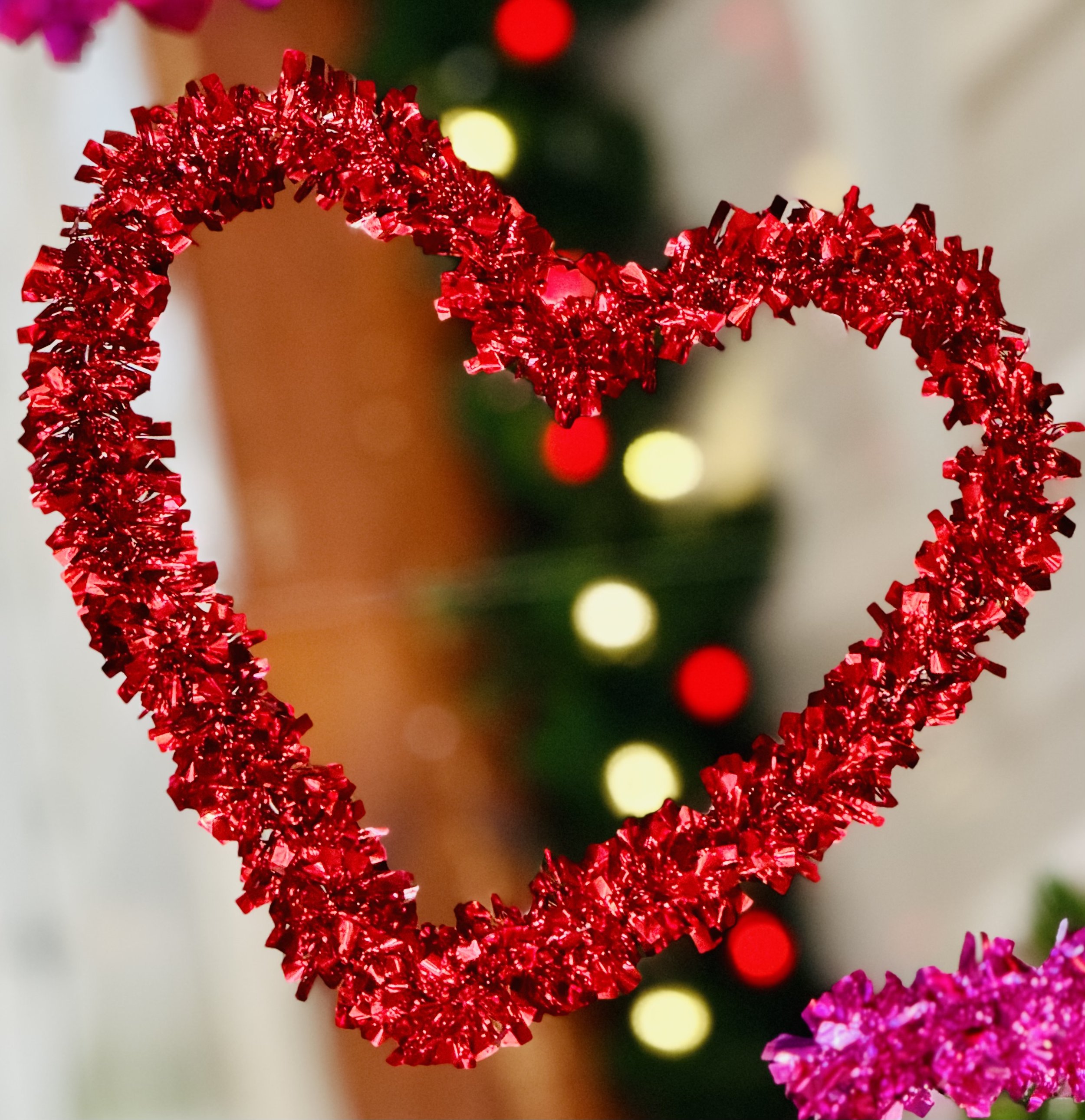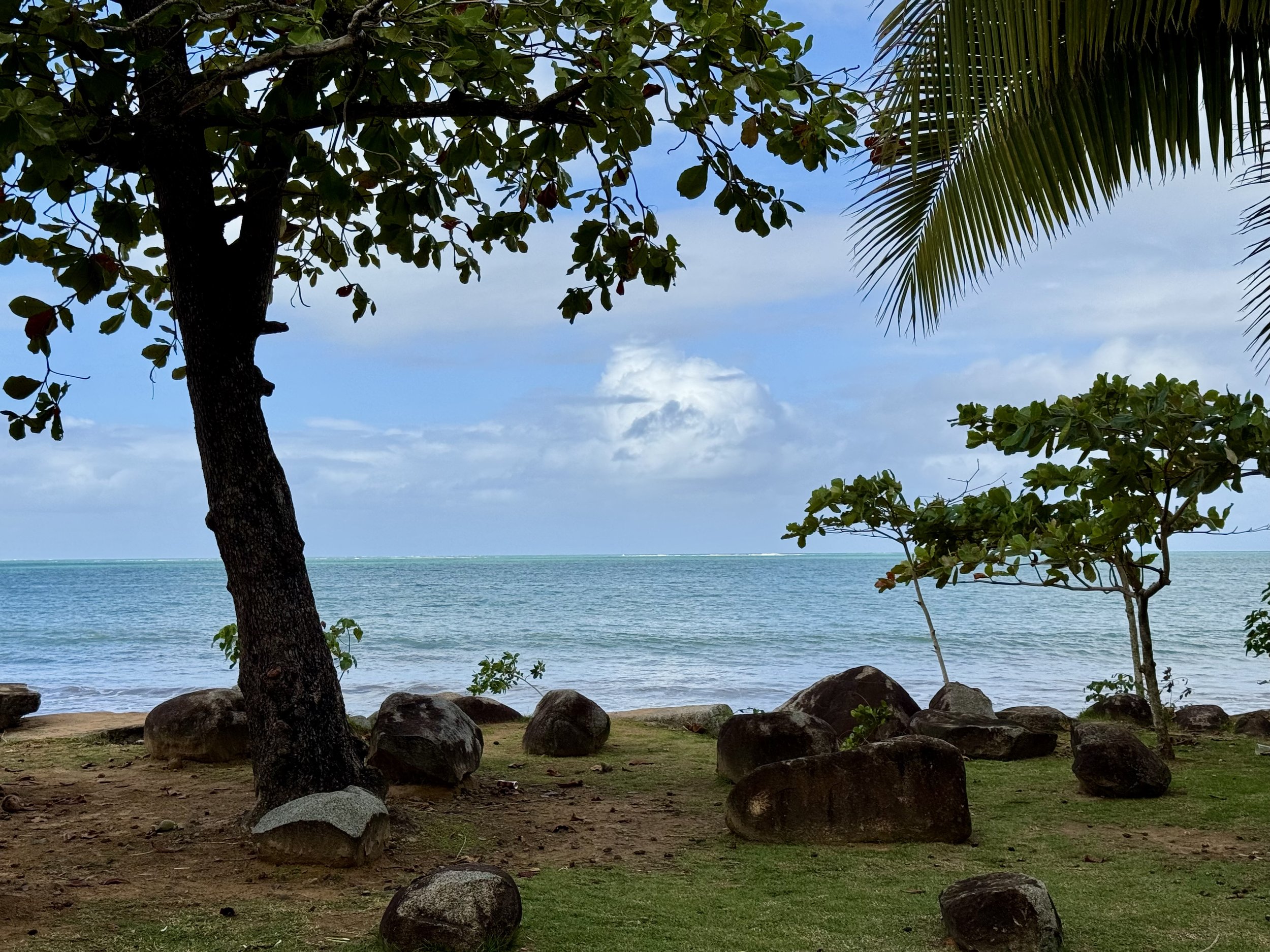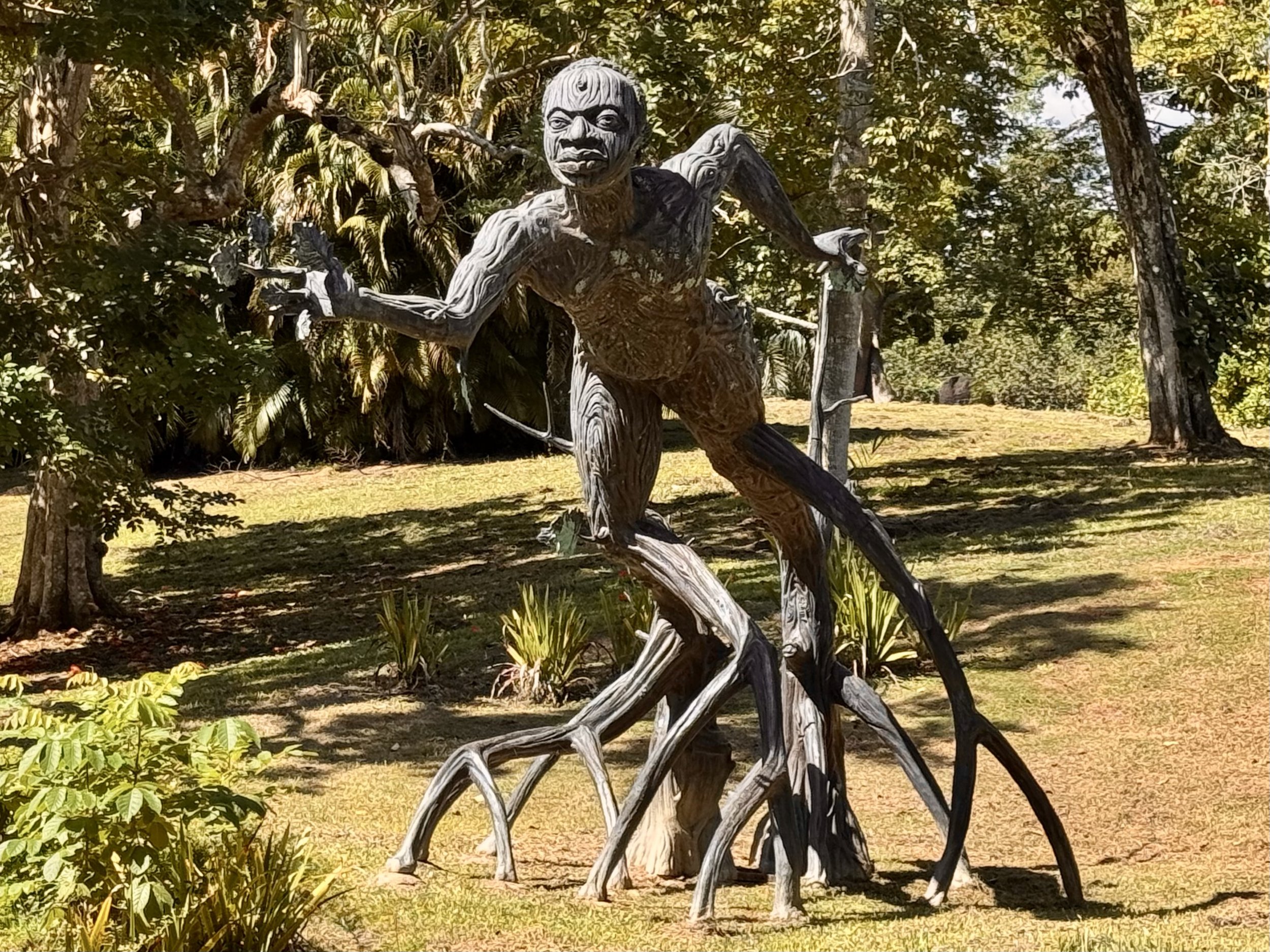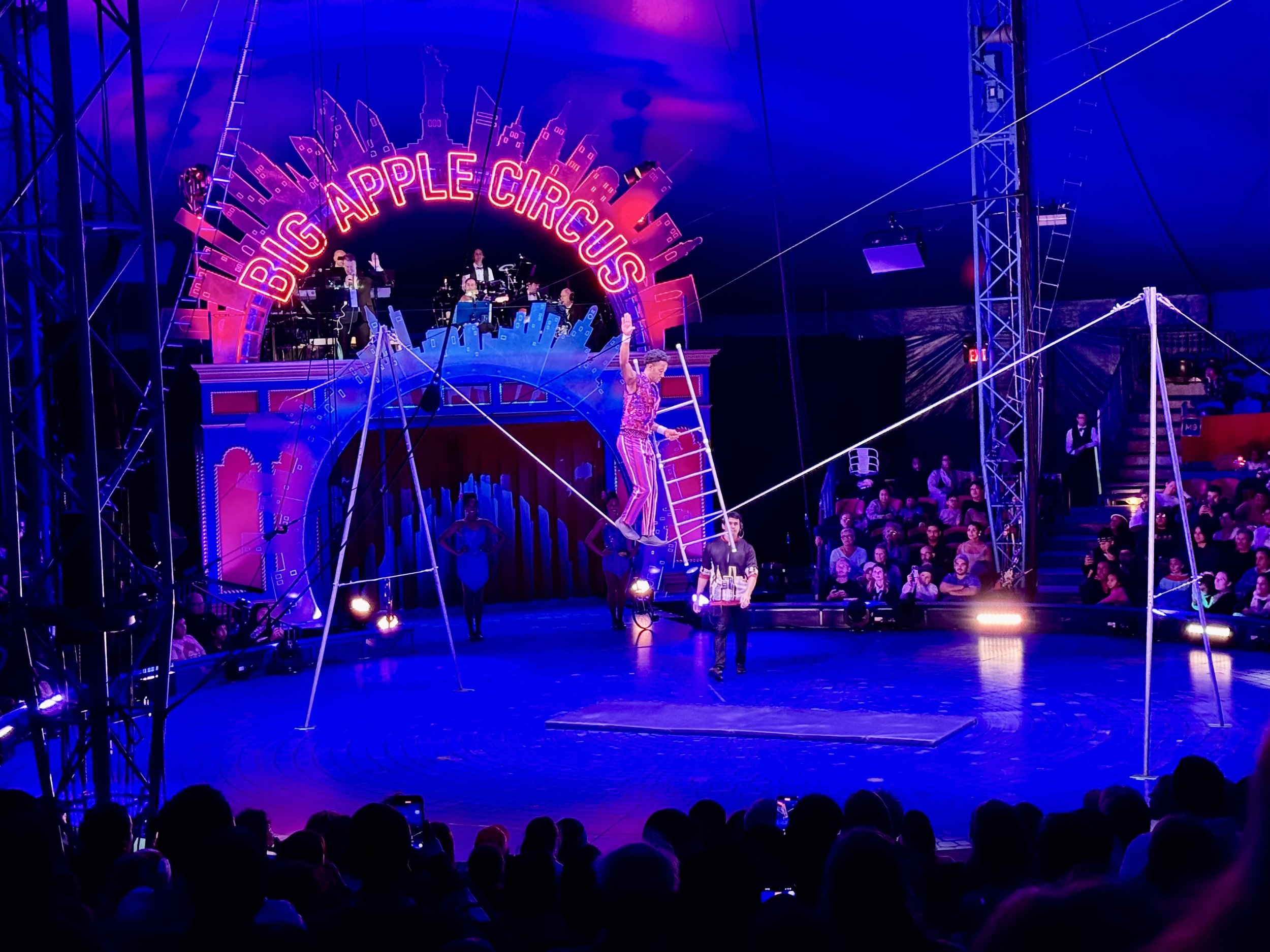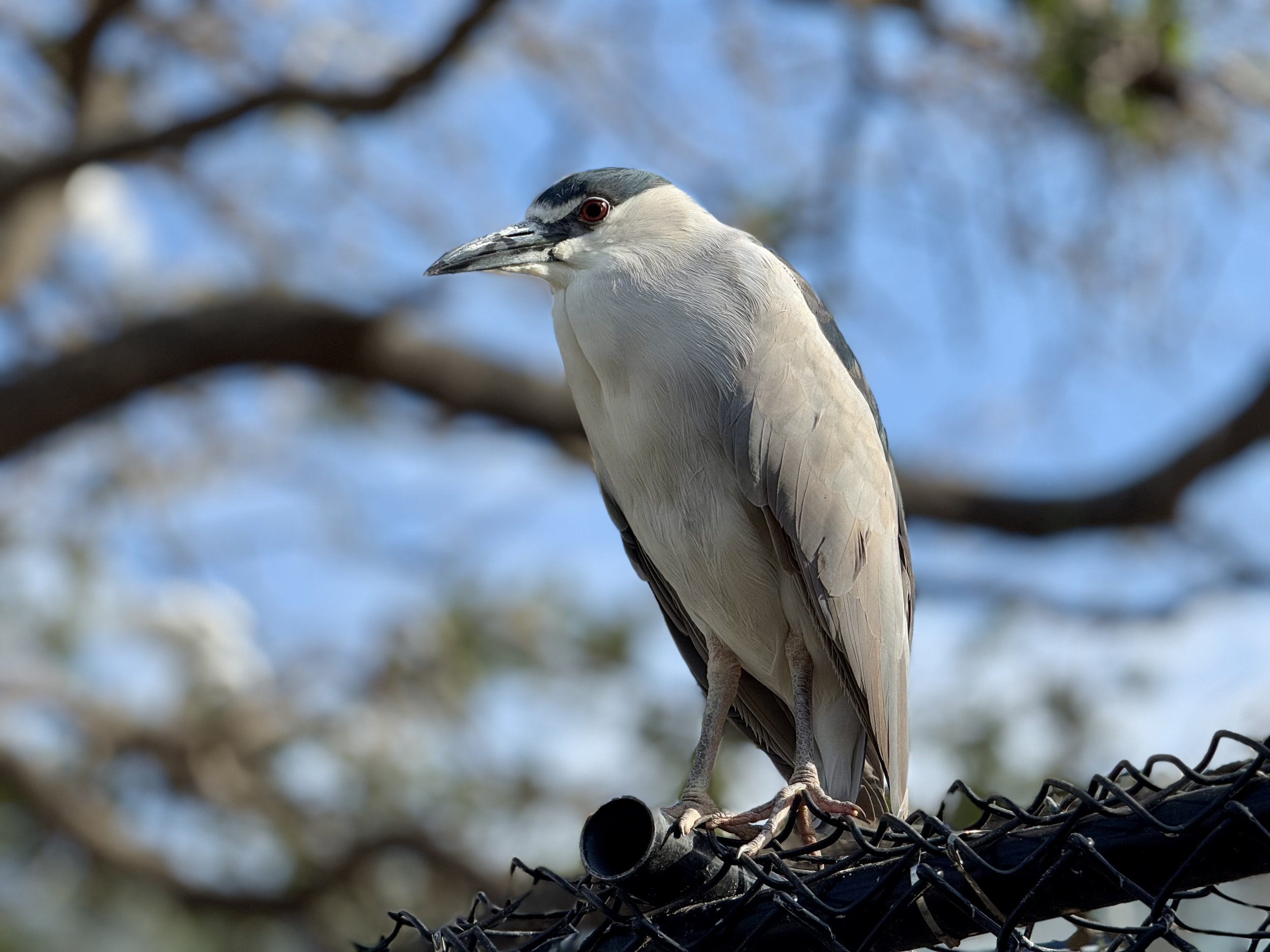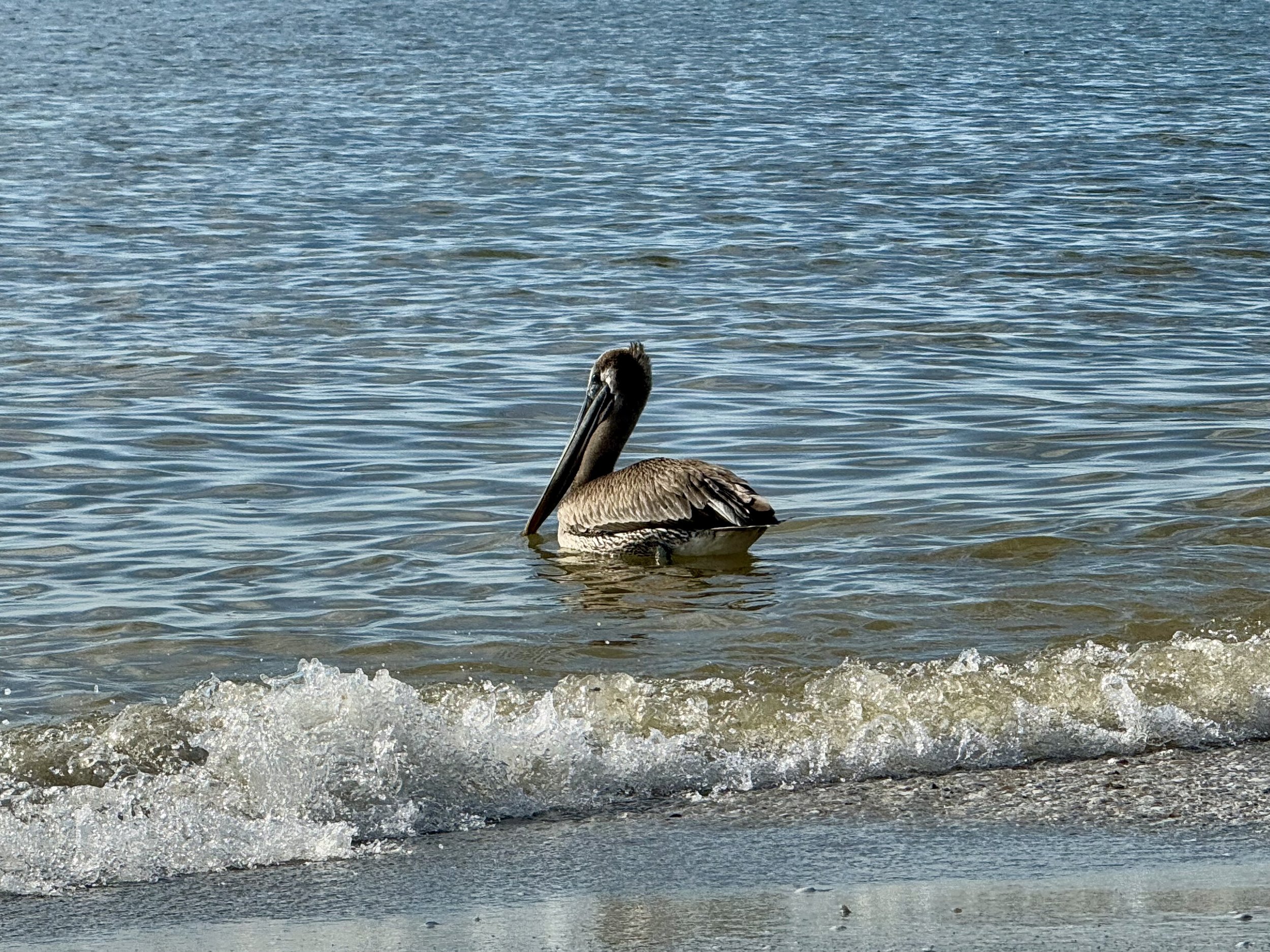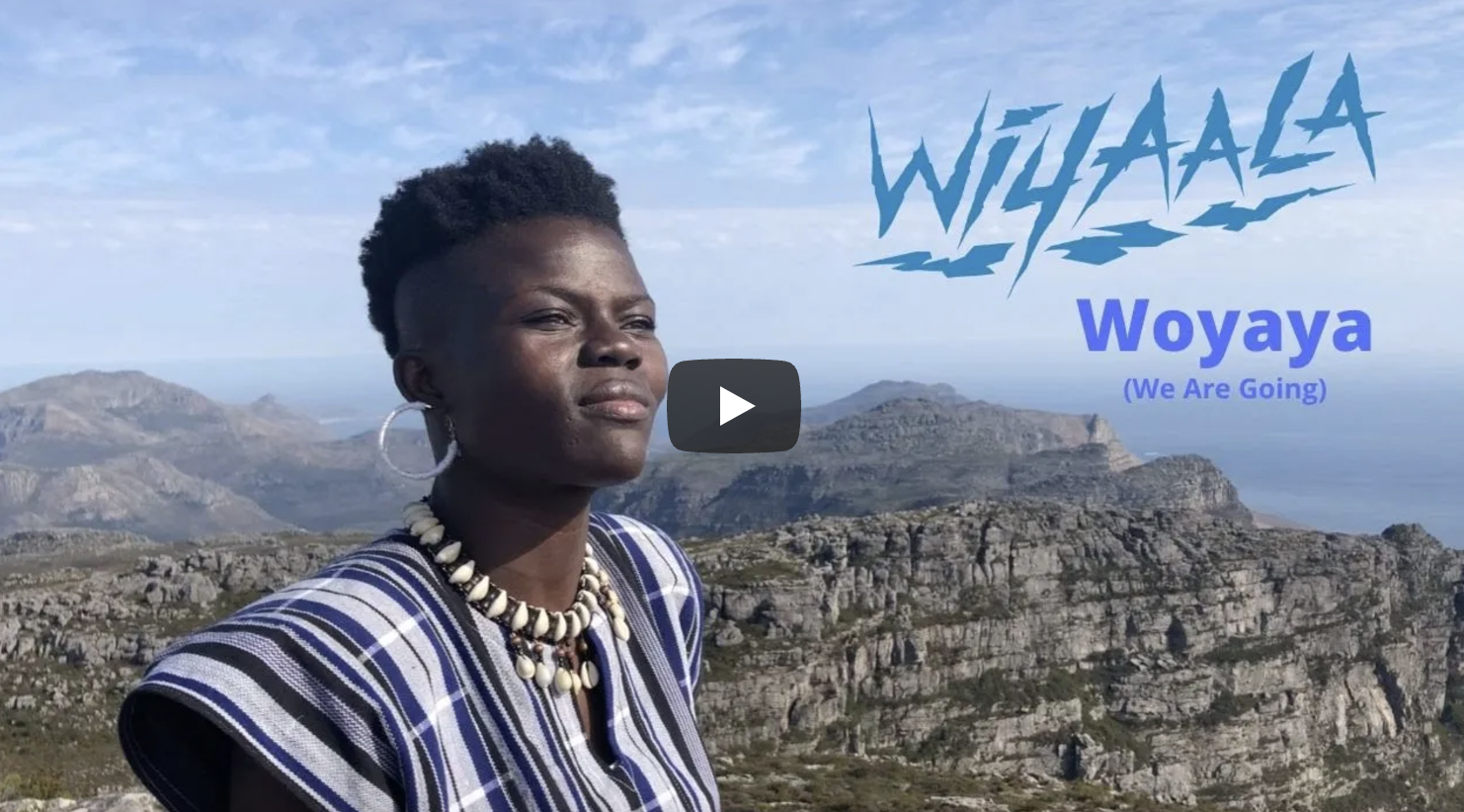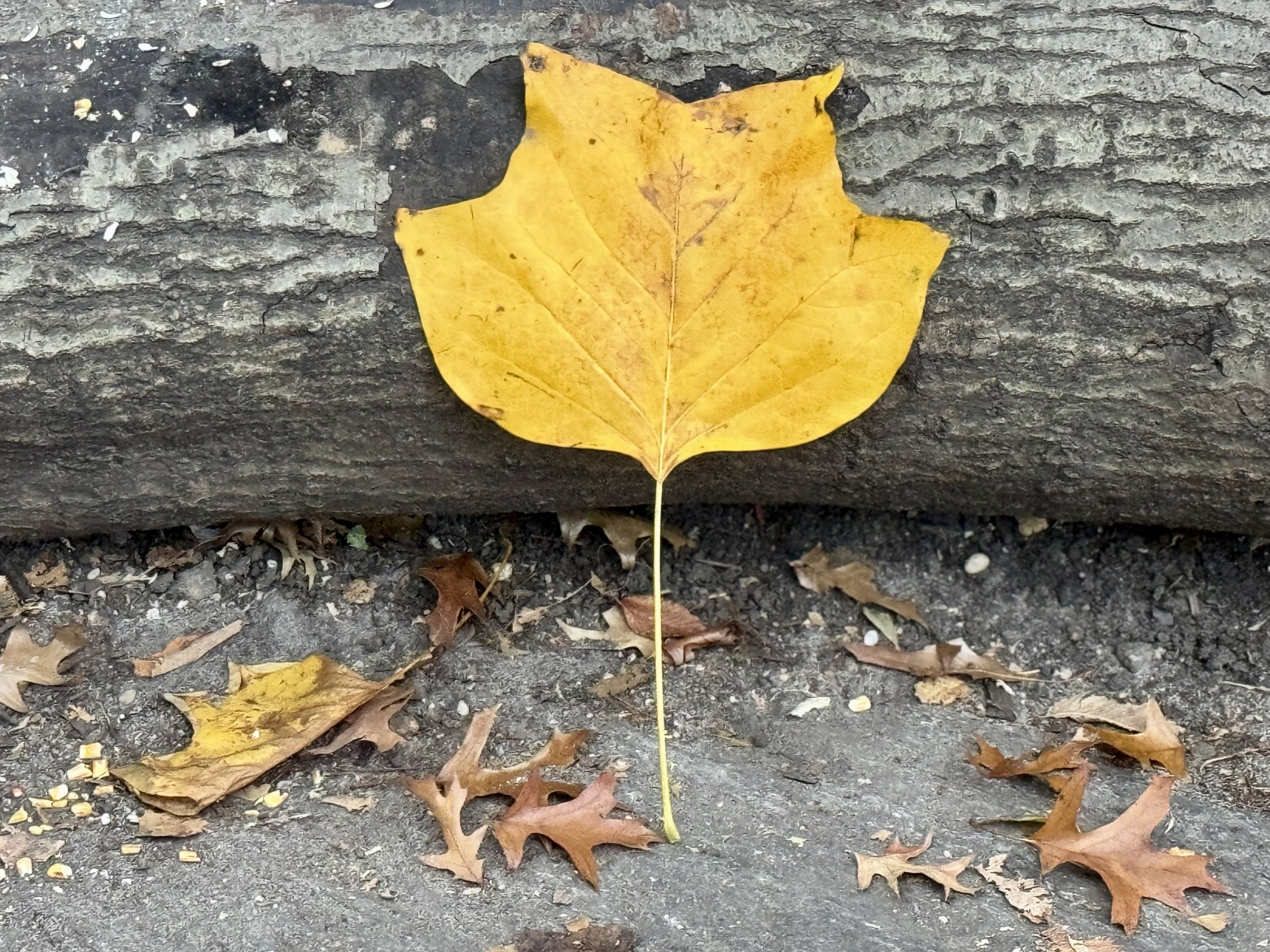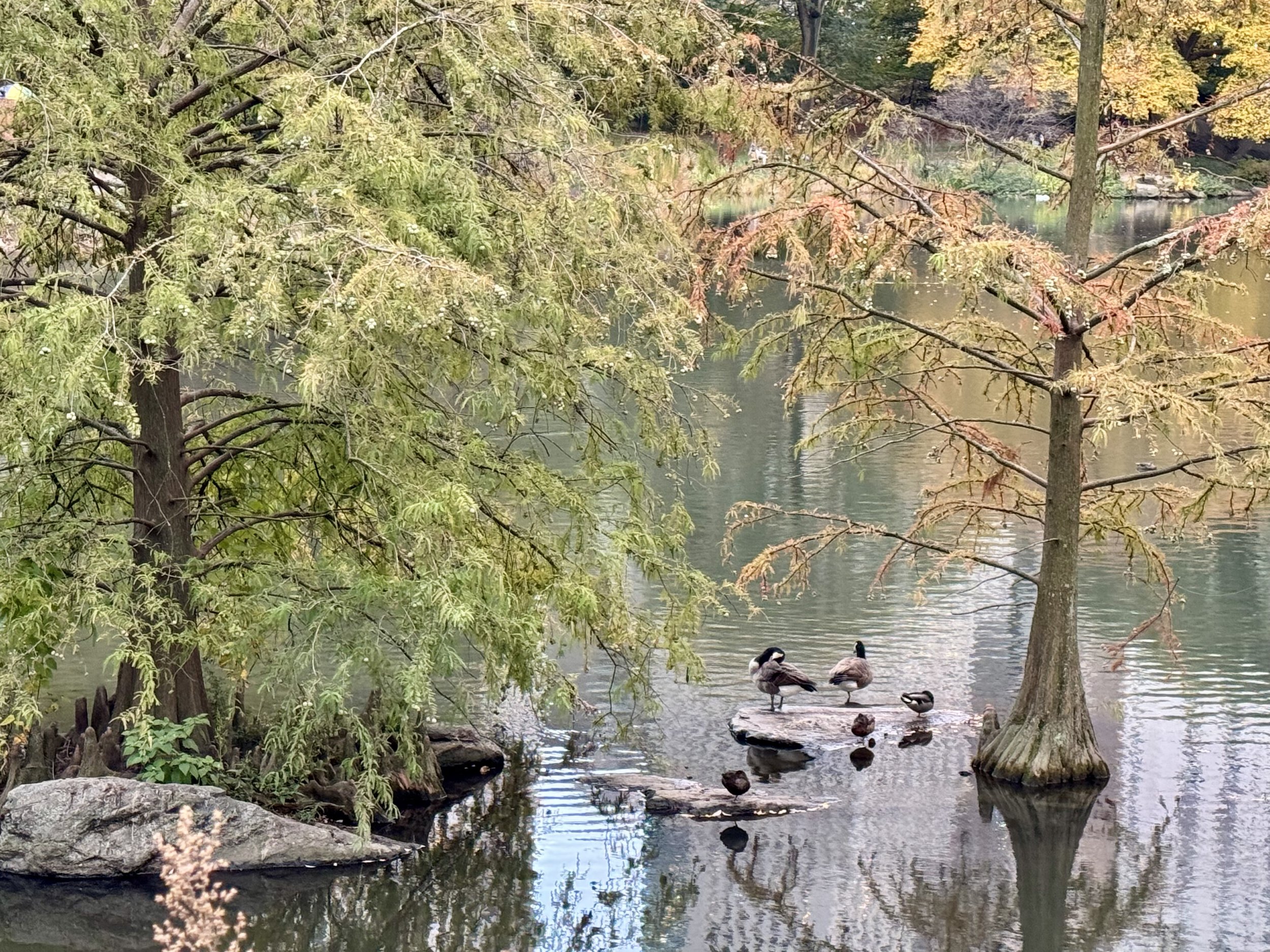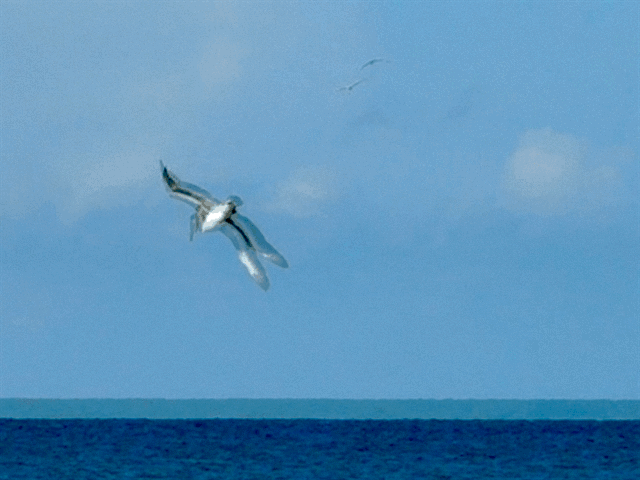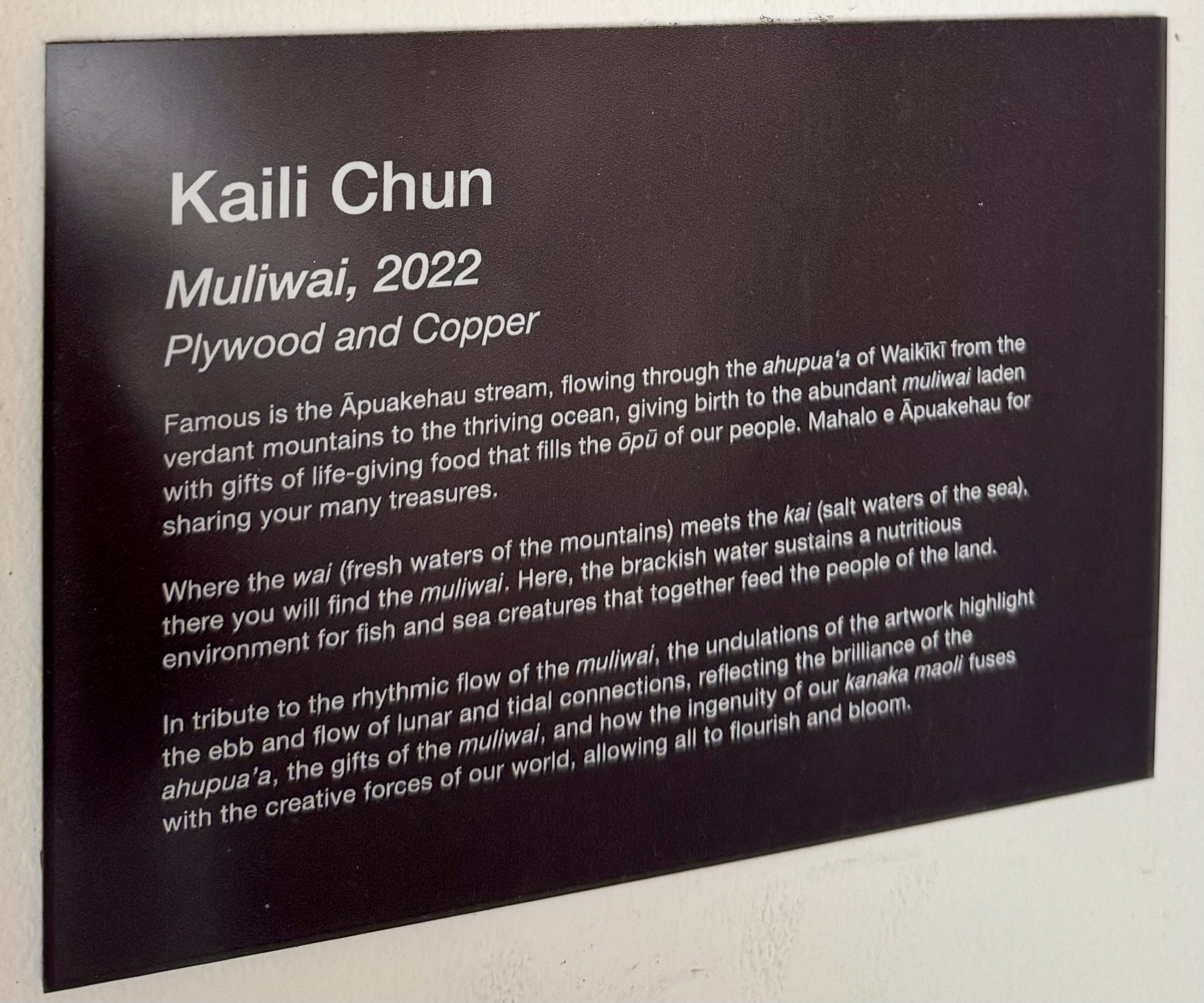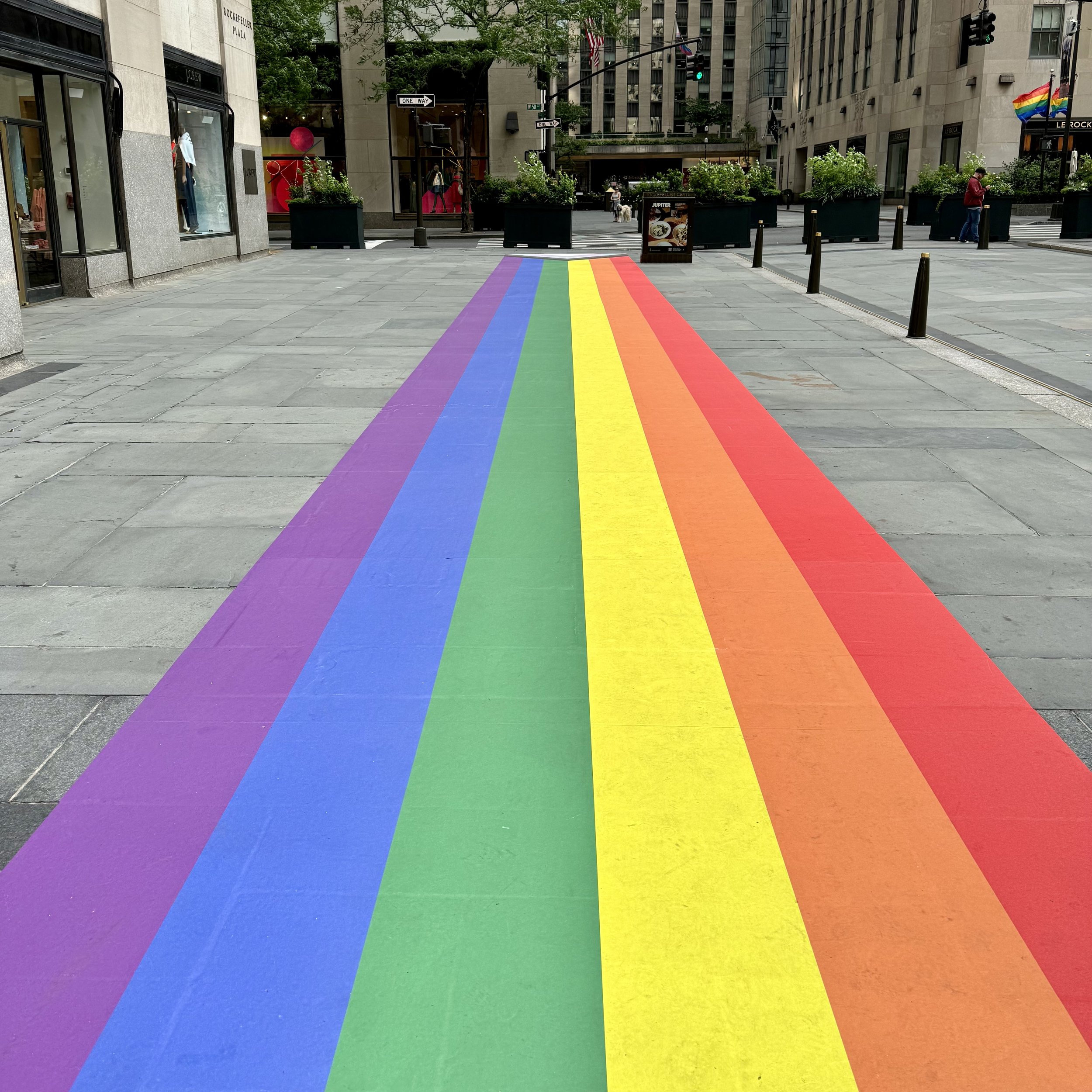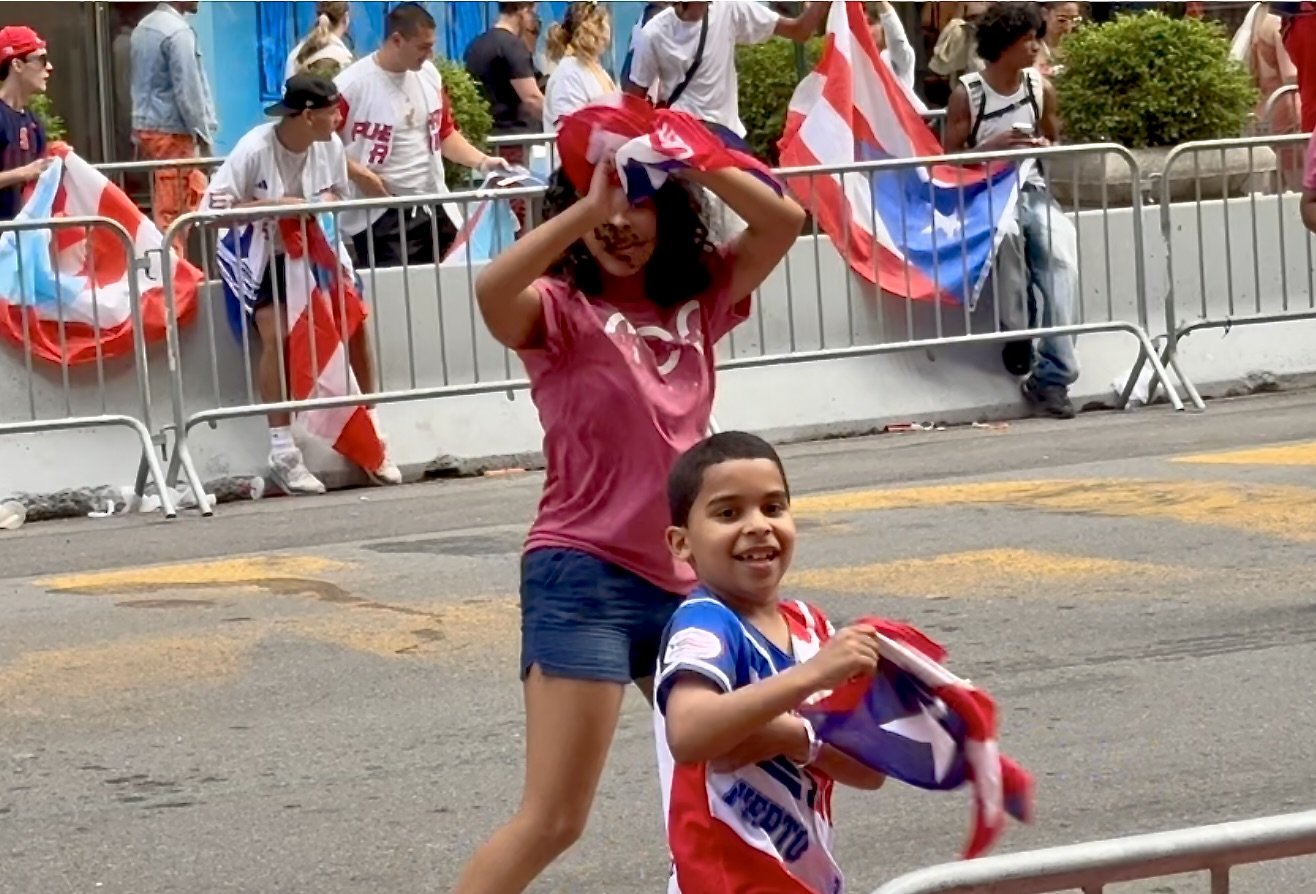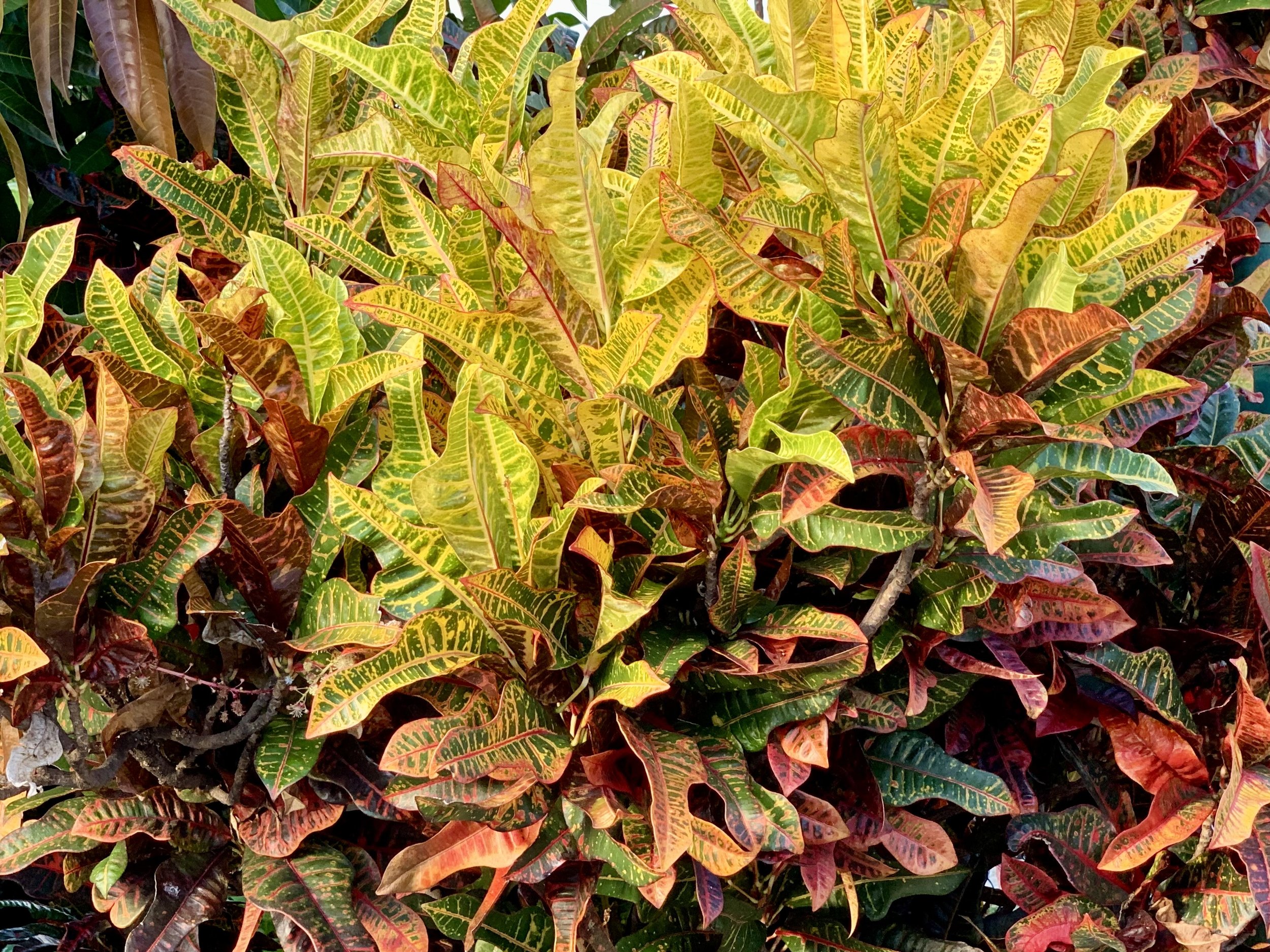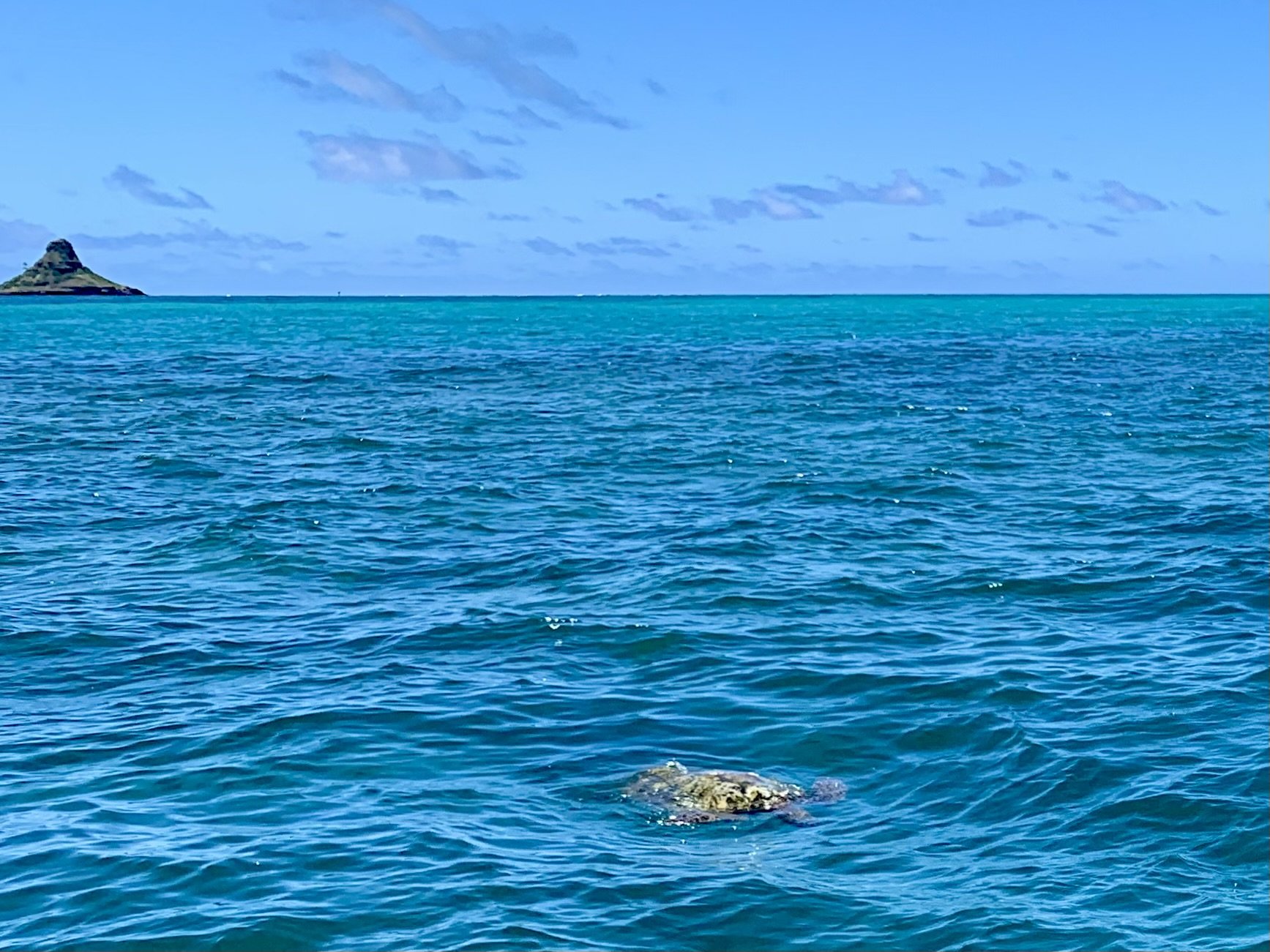Yoga and the Wisdom of “Pay It No Mind”
/Marsha P, Johnson State Park, Williamsburg, Brooklyn
……………………
This month, the ground-breaking movie Brokeback Mountain was re-released in theatres in celebration of its 20th Anniversary and in honor of Pride month. I remember seeing it five times back in 2005 and 2006 – as a younger gay man then, personally it really hit home. Last week, I went back to the theater to see it again – twice. And each time, I came away devastated.
Brokeback Mountain is the story of two gay cowboys – Ennis Del Mar (played by Heath Ledger) and Jack Twist (played by Jake Gyllenhaal) – who couldn’t openly express their love for each other back in 1963 Wyoming. So, they had to repress their feelings. This particular scene from the movie so devastatingly shows how when one cannot be one’s authentic self it can lead to self-hatred and violence. Each time I’ve watch it, it’s brought tears to my eyes.
Meanwhile, in NYC in the late 60’s, the Gay Liberation Movement was starting to take hold. Gay people were starting to become fed up with not being able to live their lives authentically.
One of the leaders of this movement was Marsha P. Johnson, A New York State Park was named after her, with this description on its website: “On February 1, 2020, the park was renamed in honor of Marsha P Johnson, a transgender woman of color who was a pioneer of the LGBTQ civil rights movement and a prominent figure in the Stonewall Uprising.”
Recently on June 18, I saw this segment on the PBS Newshour about a new biography called "Marsha: The Joy and Defiance of Marsha P. Johnson", written by author, artist, film maker and transgender activist, Tourmaline. PBS News journalist, Amna Nawaz, interviewed Tourmaline and cited that people would often ask Marsha “what does the P. stand for?” Marsha’s response:
“Pay it no mind.”
Amna asked Tourmaline “What did that phrase mean to her? Why was that so defining?” Tourmaline’s response:
“It was so important because Marsha was born into a world with immense harsh conditions, right? She moved to New York City, Times Square in 1963, and at the time, if you were a trans person, you could be arrested and put in jail just by going outside and living out your truth.
There were these three articles of clothes laws that the New York Police Department used to arrest and punitize trans and gender nonconformed people. So Marsha was really aware of the conditions of her life, and she dedicated her life to be a leader for her entire community.
And, also, it was really important for her to not get tangled up in the noise of it all. So she said, pay it no mind to the people who didn't understand her beauty. She said, pay it no mind to people who could never see the value of her community, who didn't understand the beauty of trans and gender non-conforming people, turning up the volume of their entire life.”
Sounds like 1963 New York City was not too much different than 1963 Wyoming. However, in comparing Enis to Marsha, at least Marsha had allies and grew up in a supportive and loving family. Enis did not. All he had really was the lonely silence of the vast ranges of the Rocky Mountains. If only Enis could have lived authentically as himself, perhaps he would have found not only true love, but also true happiness.
So why is living authentically so important to us as yogis? This quote from Alan Cohen may have the answer.
"The road to enlightenment is paved with authenticity, not imitation."
Our goal as yogis is to reach enlightenment. In the beginning, our experiences of enlightenment may be few and far between. But with practice, we can experience it more often.
And one way we can experience fleeting moments of enlightenment is when we can be our most authentic selves. Being authentic brings lightness to our demeanor and joy to our hearts and minds.
Imitation, on the other hand, suggests conforming. And conforming to other people’s ideas about who we should be can feel so repressive and restricting, and bring great suffering.
So, to me, yoga and the wisdom of “pay it no mind” is that this practice can free us up to be who we are most authentically. It can free us from having to hide the most vital part of our individual selves, the most sacred part of our selves that reflects God in the human form.
The world will not always “get us”. Many in the world may never see our authentic beauty. But as Marsha P. Johnson would suggest, we don’t need to get tangled up in other people’s noise. As long as how we are expressing ourselves isn’t harming anyone else, we can be free to live as we feel we truly are meant to live.
Perhaps if there were more people living their authentic life there would be fewer repressed feelings in the world, and as a result there would be less reason for people to resort to violence. Ennis resorted to violence towards Jack as an outward way of expressing his inner violence toward his own true authentic self. I can’t help but muse: “what if Marsha P. and Enis met?” … Perhaps Hollywood can write a happy ending!
For us as yogis, anything we can do to reduce violence in the world is a good thing. And if being authentically true to ourselves helps to reduce violence both outside and within ourselves, then that is a way of truly serving the world.
And if you need any help along the way remembering who you truly are, perhaps these words from Dr. Seuss can guide you back to your authentic self:
“There is no one alive who is Youer than You.”
Happy Pride.
May you be happy, …
May you be healthy, …
May you pay it no mind, …
May you live authentically, ...
May your authenticity serve All Beings Everywhere.
Aloha and Metta,
Paul Keoni Chun
……………………
These sights in June made me feel lighter and enlightened.
NYC's Pride March was a day of celebrating our authentic selves in its many varieties.
Marsha P. Johnson would have been proud of this person's activism at the NYC Pride march. Oh, Mary! - Cole Escola would be too!
The Empire State Building got all decked out for Pride!
Even the rain couldn't dampen this older adult person's sense of civic duty to stand up for democracy on No King's Day back on June 14.
A dramatic sunrise as viewed from Atlantic City, NJ on June 11. Things may seem dark at the moment, but remember that Light is always a more powerful force. Enlighten yourself through continuing to cultivate your authenticity!
Photo Credits:
Photos from around NYC and Atlantic City all shot by me.

